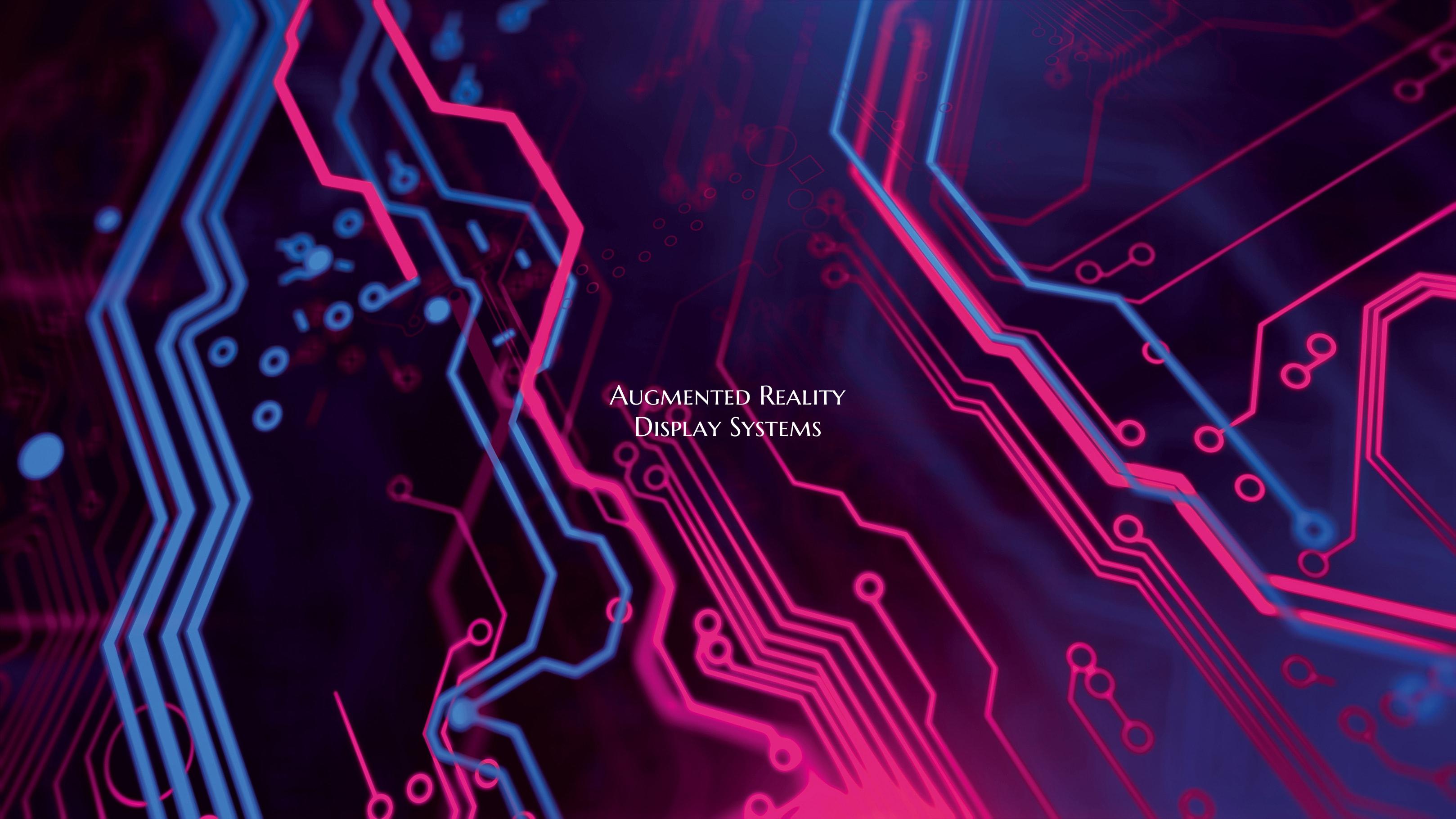Augmented Reality Display Systems
In recent years, the advancement of technology has paved the way for exciting innovations in the realm of augmented reality (AR) display systems. Augmented reality, the integration of digital information and virtual elements into the real-world environment, offers a new dimension to how we perceive and interact with the world around us. AR display systems have emerged as a cutting-edge technology that promises to revolutionize various industries, from entertainment and gaming to education and healthcare.
One of the key features of AR display systems is their ability to overlay virtual information onto the physical world, providing users with a more immersive and interactive experience. By superimposing digital content such as graphics, videos, and 3D models onto real-world objects, AR display systems create a blended reality that enhances our perception of the environment. This technology opens up a wide range of possibilities for enhancing productivity, improving learning experiences, and transforming entertainment.
In the field of entertainment, AR display systems have the potential to redefine how we engage with media and content. Imagine watching a live concert with virtual elements superimposed on the stage, or playing a video game where characters and objects interact with the physical space around you. These immersive experiences can take entertainment to a whole new level, blurring the lines between the virtual and real worlds.
Education is another field that stands to benefit significantly from AR display systems. By incorporating AR technology into learning materials, educators can create interactive and engaging lessons that cater to different learning styles. For instance, students can explore the solar system in 3D, dissect virtual specimens, or participate in historical reenactments through AR-enhanced experiences. This hands-on approach to learning can make complex concepts more accessible and memorable.
In healthcare, AR display systems have the potential to revolutionize medical training, patient care, and surgical procedures. Surgeons can use AR technology to visualize internal organs and structures in real-time during operations, enhancing precision and accuracy. Medical students can practice procedures in a simulated environment, gaining valuable experience before working with actual patients. AR display systems also have applications in rehabilitation and therapy, allowing patients to engage in interactive exercises that promote recovery and well-being.
As AR display systems continue to evolve and become more accessible, the possibilities for their use across various industries are limitless. From enhancing entertainment experiences and transforming education to revolutionizing healthcare practices, AR technology is poised to shape the future of interaction in profound ways. Embracing these innovative display systems opens up a world of opportunities for creativity, exploration, and collaboration in the digital age.

